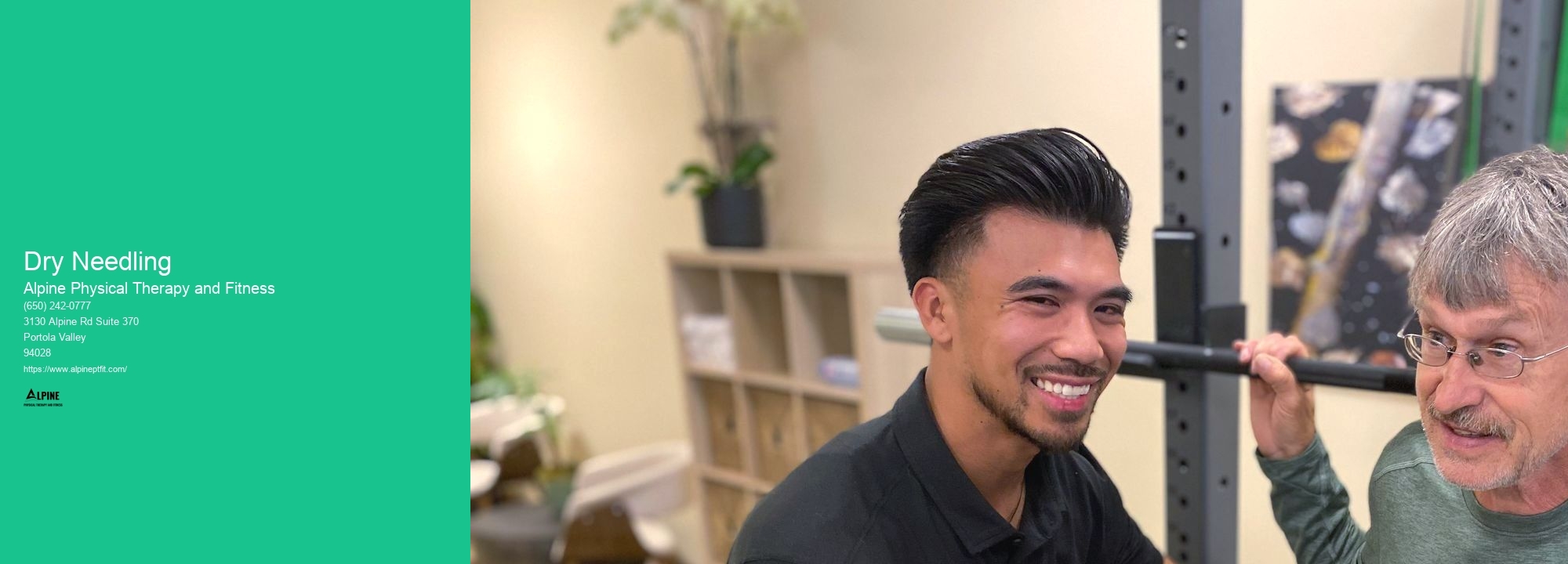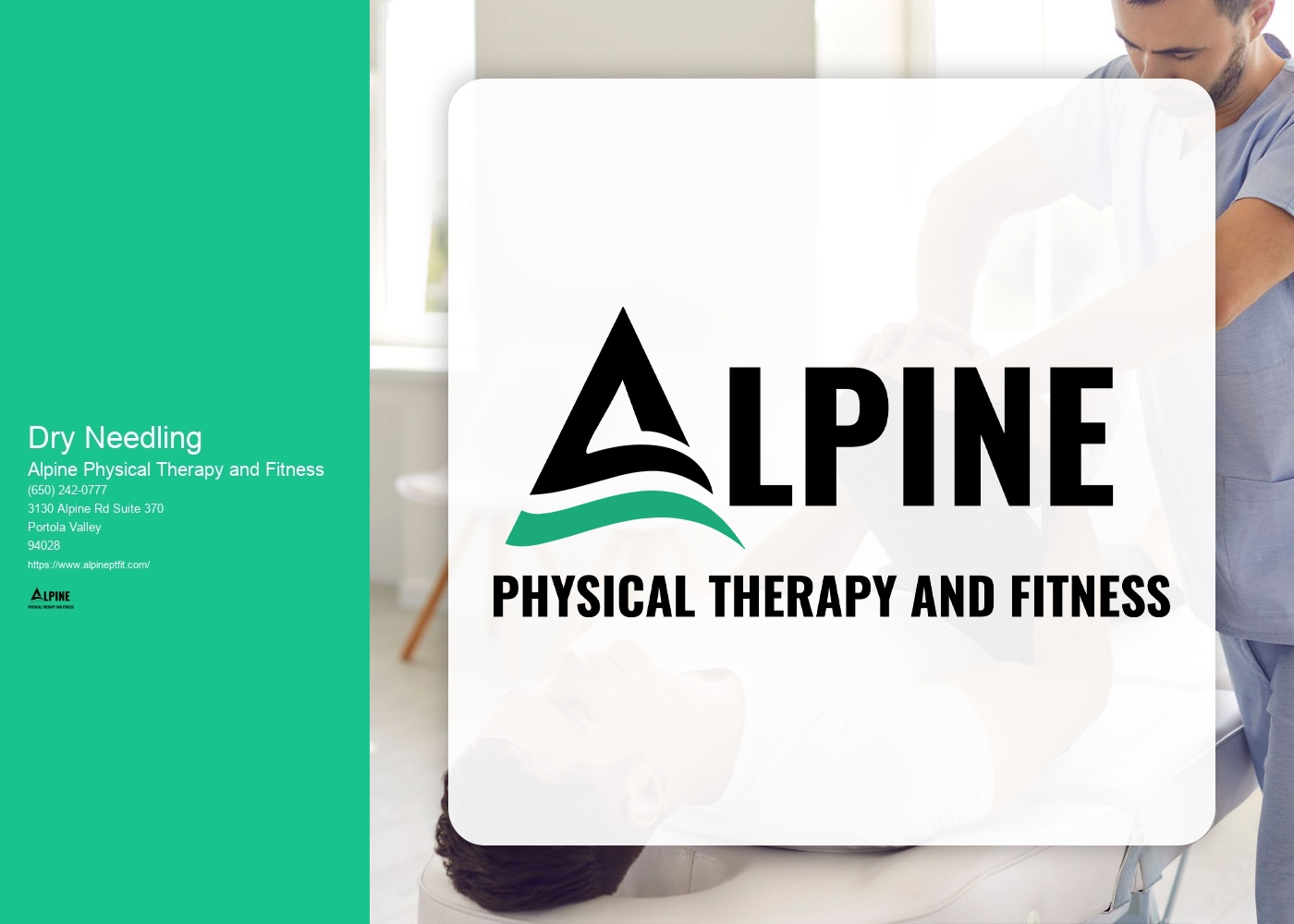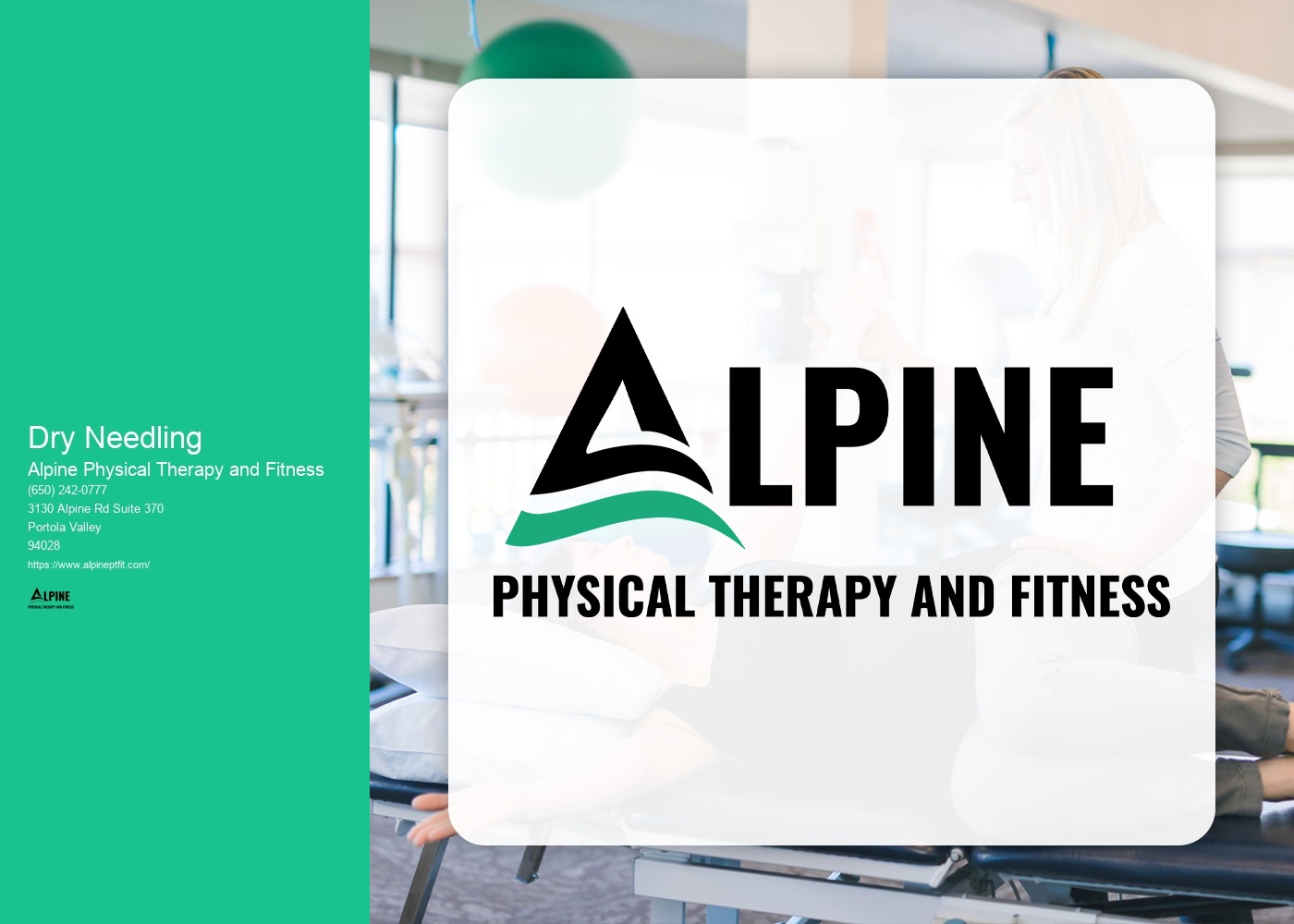

Dry needling is a therapeutic technique that involves inserting thin needles into specific trigger points or tight muscles to relieve pain and improve muscle function. While dry needling and acupuncture both involve the use of needles, they differ in their underlying principles and techniques. Acupuncture is based on traditional Chinese medicine and aims to balance the flow of energy, or Qi, in the body. Dry needling, on the other hand, is rooted in Western medicine and focuses on releasing muscle tension and promoting tissue healing.
The level of pain experienced during dry needling can vary from person to person. Some individuals may feel a slight prick or mild discomfort when the needle is inserted, while others may not feel any pain at all. The sensation during the treatment is often described as a deep ache or muscle twitch, which is a sign that the trigger point is being targeted effectively. It is important to communicate with the practitioner during the session to ensure that the treatment is within your comfort level.
Dry needling can be used to treat a variety of musculoskeletal conditions, including but not limited to, muscle strains, tendonitis, joint pain, and myofascial pain syndrome. It is particularly effective in addressing trigger points, which are tight knots of muscle fibers that can cause pain and restrict movement. By inserting needles into these trigger points, dry needling can help release tension, improve blood flow, and promote the healing process.

The duration of a dry needling session typically depends on the specific condition being treated and the number of trigger points involved. On average, a session can last anywhere from 15 to 30 minutes. The practitioner will assess your individual needs and determine the appropriate length of the session to achieve optimal results.
The number of dry needling sessions required to see results can vary depending on the severity and chronicity of the condition. Some individuals may experience immediate relief after just one session, while others may require multiple sessions to achieve significant improvement. The practitioner will work with you to develop a personalized treatment plan based on your specific needs and goals.

While dry needling is generally considered safe, there are some potential side effects and risks to be aware of. These can include temporary soreness or bruising at the needle insertion site, muscle twitching, and occasional fatigue or dizziness. Serious complications are rare but can include infection or injury to underlying structures. It is important to seek treatment from a qualified and experienced practitioner to minimize the risk of adverse effects.
While most individuals can receive dry needling, there are certain contraindications to consider. People with bleeding disorders, compromised immune systems, or who are taking blood-thinning medications may not be suitable candidates for dry needling. Additionally, pregnant women should consult with their healthcare provider before undergoing dry needling. It is important to disclose any medical conditions or medications you are taking to the practitioner before starting treatment to ensure your safety and well-being.

Yes, there are specialized therapies available for children with cerebral palsy. These therapies are designed to address the specific needs and challenges faced by children with this condition. Some of the specialized therapies include physical therapy, occupational therapy, speech therapy, and aquatic therapy. Physical therapy focuses on improving mobility, strength, and coordination through exercises and stretches. Occupational therapy helps children develop skills for daily activities such as dressing, eating, and writing. Speech therapy aims to improve communication skills, including speech and language development. Aquatic therapy utilizes the properties of water to provide a low-impact environment for movement and exercise. These specialized therapies are tailored to the individual needs of each child with cerebral palsy, helping them improve their quality of life and reach their full potential.
Physical therapy plays a crucial role in managing hip labral tears by providing targeted exercises and interventions to improve pain, mobility, and function. The therapist will design a personalized treatment plan that may include manual therapy techniques such as joint mobilizations and soft tissue mobilizations to reduce pain and improve joint mechanics. They may also incorporate therapeutic exercises to strengthen the surrounding muscles, improve stability, and restore normal movement patterns. Additionally, physical therapy may involve modalities such as heat or ice therapy, electrical stimulation, and ultrasound to further alleviate pain and promote healing. By addressing the underlying causes and symptoms of hip labral tears, physical therapy can help individuals regain optimal hip function and prevent future injuries.
The process of rehabilitating an athlete after an ACL tear involves a comprehensive and structured approach to ensure a safe and effective recovery. The first step is typically focused on reducing pain and swelling through the use of ice, compression, and elevation. Physical therapy plays a crucial role in the rehabilitation process, with exercises aimed at improving range of motion, strength, and stability of the knee joint. These exercises may include quadriceps and hamstring strengthening, balance and proprioception training, and functional movements specific to the athlete's sport. Gradually, the athlete will progress to more advanced exercises, such as plyometrics and agility drills, to restore power and agility. Throughout the rehabilitation process, close monitoring and regular assessments are conducted to track progress and make any necessary adjustments to the treatment plan. Additionally, a gradual return to sport protocol is implemented to ensure the athlete is ready to safely resume their athletic activities. This may involve sport-specific training, simulated game situations, and a focus on mental readiness. Overall, the rehabilitation process after an ACL tear requires patience, dedication, and collaboration between the athlete, medical professionals, and coaches to achieve optimal outcomes.
Exercise prescription plays a crucial role in cardiovascular and pulmonary rehabilitation. It involves the development of a tailored exercise program that is specifically designed to address the individual needs and goals of patients with cardiovascular and pulmonary conditions. The prescription takes into account factors such as the patient's current fitness level, medical history, and any limitations or contraindications they may have. The program typically includes a combination of aerobic exercise, resistance training, and flexibility exercises, all of which are aimed at improving cardiovascular and pulmonary function, increasing endurance, and enhancing overall physical fitness. The exercise prescription is carefully monitored and adjusted as needed to ensure that patients are progressing safely and effectively towards their rehabilitation goals. By following a well-designed exercise prescription, patients can experience significant improvements in their cardiovascular and pulmonary health, leading to enhanced quality of life and reduced risk of future complications.
Physical therapists play a crucial role in working with children who have developmental delays. They employ a variety of techniques and interventions to help these children improve their motor skills, coordination, balance, and overall physical abilities. Physical therapists may use exercises, stretches, and activities that are specifically designed to target the areas of development that need improvement. They may also incorporate play-based therapy, using toys and games to engage the child and make therapy sessions more enjoyable. Additionally, physical therapists may collaborate with other healthcare professionals, such as occupational therapists and speech therapists, to ensure a comprehensive approach to the child's development. Through their expertise and specialized knowledge, physical therapists are able to provide individualized care and support to children with developmental delays, helping them reach their full potential.
Physical therapy can be highly beneficial for pregnant women experiencing pelvic pain. By focusing on specific exercises and techniques, physical therapists can help alleviate discomfort and improve overall function. One common approach is to target the pelvic floor muscles, which play a crucial role in supporting the pelvic organs. Strengthening these muscles can help reduce pain and improve stability. Additionally, physical therapists may use manual therapy techniques, such as gentle stretching and mobilization, to address any joint or muscle imbalances contributing to the pain. They may also provide education on proper body mechanics and posture to minimize strain on the pelvis. Overall, physical therapy offers a holistic and personalized approach to managing pelvic pain during pregnancy, helping women maintain their mobility and quality of life.